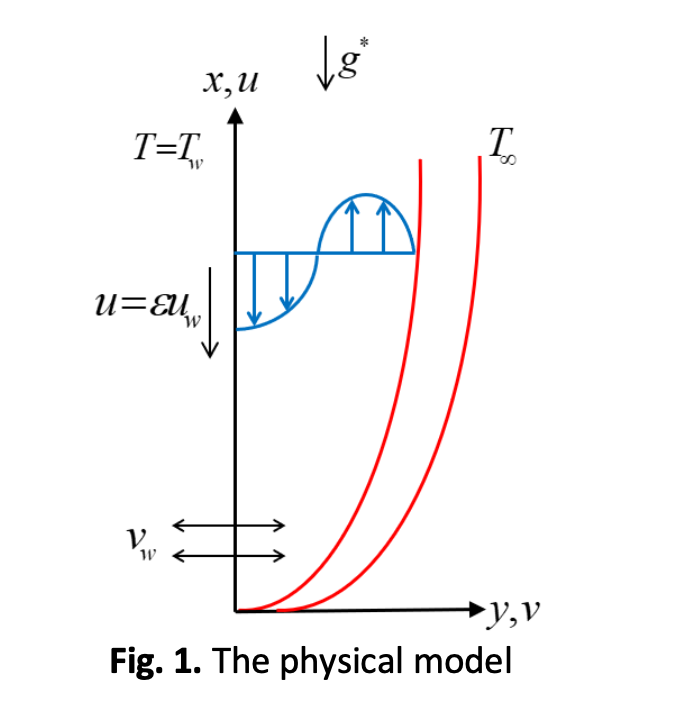The Mixed of Hybrid Nanofluid GO-MoS2/Engine Oil Over a Shrinking Sheet with Mass Flux Effect: Reiner-Philippoff Model
DOI:
https://doi.org/10.37934/arfmts.108.2.122139Keywords:
Hybrid nanofluid, Reiner-Philippoff model, mixed convection, mass flux, shrinking sheetAbstract
The mixed convection flow and heat transfer of the hybrid nanofluid over a shrinking sheet are investigated. Molybdenum disulphide (MoS2) and graphene oxide (GO) are employed as two hybrid nanoparticles while engine oil (EO) as the base fluid is considered. In this study, the Reiner-Philippoff model as one of non-Newtonian types is deliberated since it has the ability to function on three distinct types of fluids: viscous, shear thickening and shear thinning. The Reiner-Philippoff relation, the momentum and energy equations under Tiwari and Das model are all employed in the study. Influences from mass flux are also considered in the flow. Before computation using the bvp4c function in MATLAB, the respected equations are first converted into ordinary differential equation form using the similarity transformation. When the established and current models are discovered to be identical in a specific case, a direct comparative investigation is conducted to confirm the correctness of the current model. In addition, the present results are shown graphically and in tabular form. It is hypothesized that the presence of a hybrid nanofluid significantly affects the fluid characteristic and gives more satisfactory results than a single nanofluid. The skin friction coefficient and heat transfer rate of hybrid nanofluids are greater than the nanofluids. In terms of velocity and temperature profile, the reduction in velocity and the enhancement in temperature profile are caused by a rise in the Reiner-Philippoff parameter. The same outcome is also seen when the volume fraction of hybrid nanofluids increases.
Downloads
































